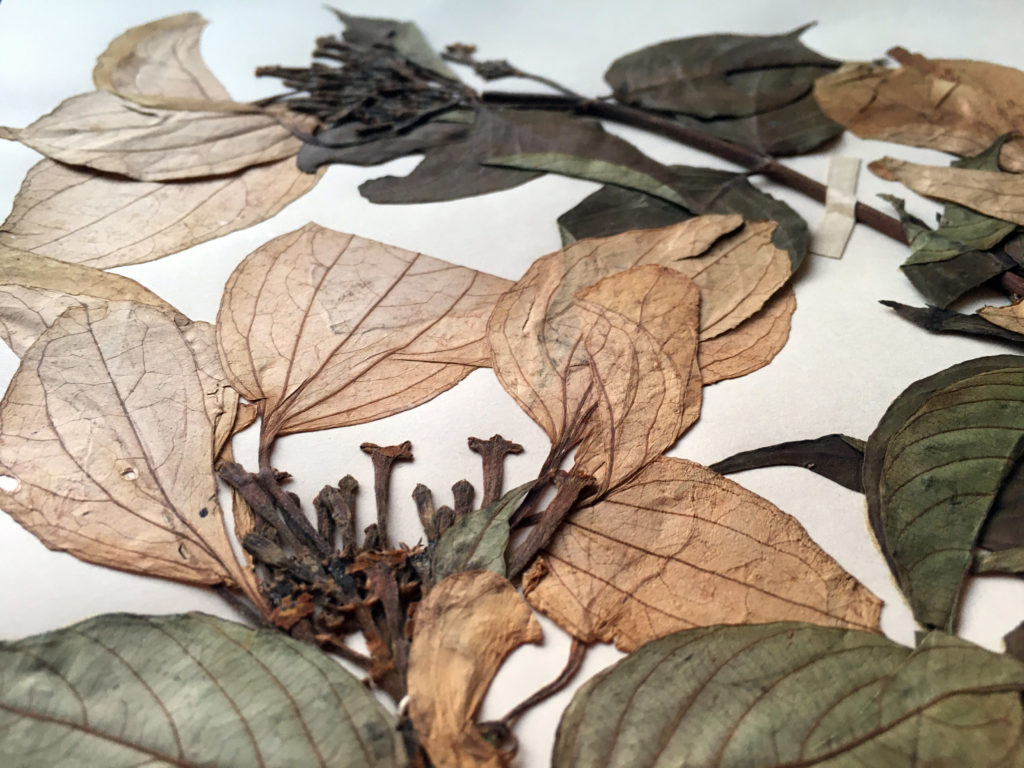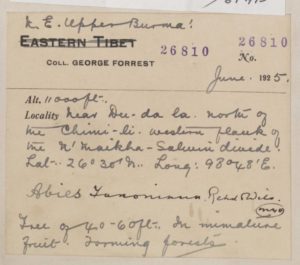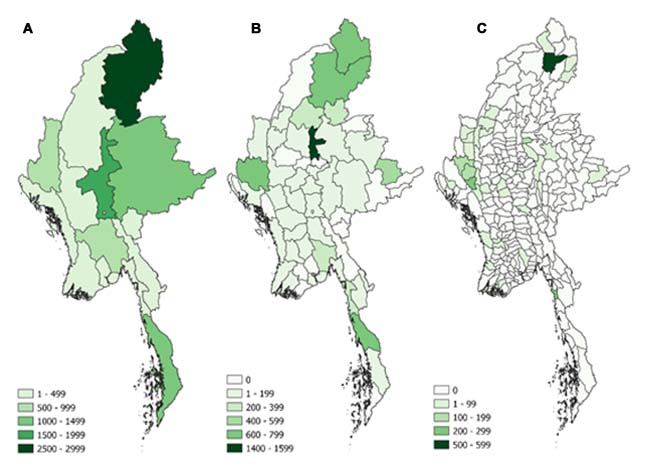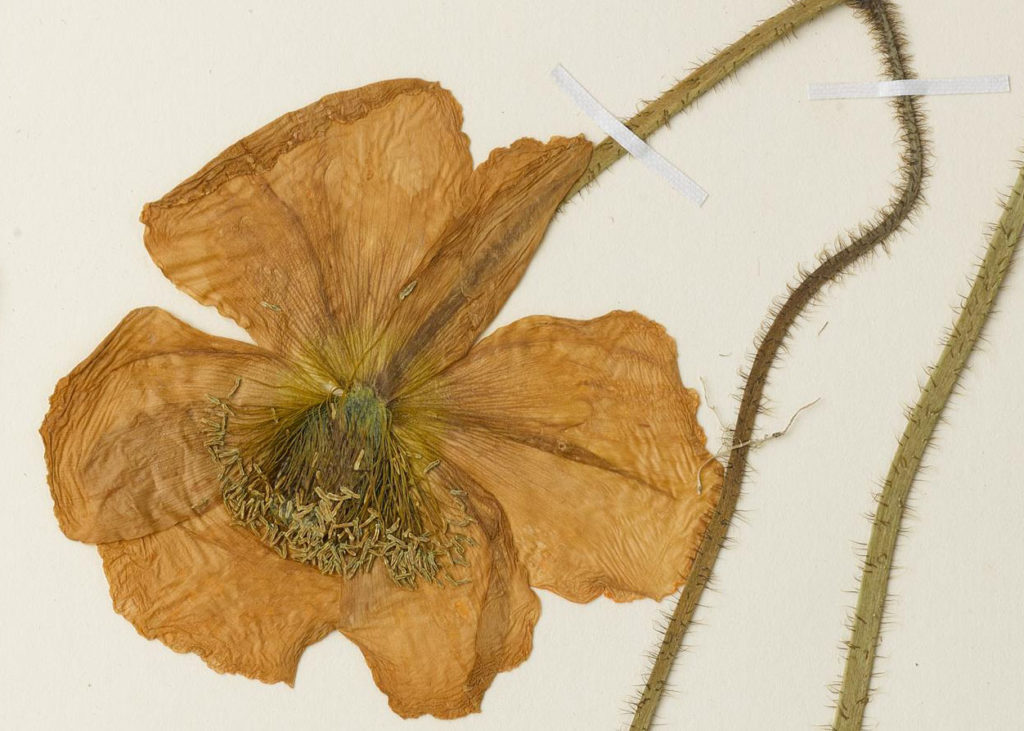The project

For 75 years this diverse and largely intact flora of Myanmar has been inaccessible to the international research community. To begin addressing this knowledge gap, a collaborative project funded by US National Science Foundation between the Royal Botanic Garden Edinburgh (RBGE), New York Botanic Garden (NYBG), Wildlife Conservation Society, and the Myanmar Forest Department is producing the first specimen-based checklist (a list of species known to exist in a particular geographical area) of the highly diverse Northern Forest Complex (NFC) in the Hkakaborazi-Hponganrazi landscape, Myanmar. This region is estimated to contain 6000 different species of flowering plants, 1,500 of which are expected to be unique to this area. A botanical checklist is an important first step towards producing the Flora of Myanmar (an in-depth publication describing all the plants that exist in Myanmar).
Between 2017 and 2021, RBGE volunteers, (both on-site and online) and staff at RBGE and NYBG have worked together to complete the digitisation of the 16,877 vascular plant herbarium specimens from Myanmar held at RBGE. This builds a picture of the knowledge we already have and identifies where new collecting expeditions need to be focused to build a comprehensive checklist. Specimen data will also provide the baseline information required to make planning decisions affecting the NFC ecosystem and facilitate broad scale analyses of plant diversity patterns within Southeast Asia.
What’s new?
We completed the in-house curation and digitisation of vascular plant specimens in 2021. Within these specimens there are 5182 different species of flowering plants and 238 fern species. To digitise as quickly as possible, specimen data captured in-house is minimal, it allows us to physically locate each specimen in the cabinets but is limited in its research applications. To enrich this data we enlisted a decidated cohort of online volunteers on citizen science platform Digivol (a joint collaboration between Australian museum and the Atlas of living Australia, a CSIRO hosted NCRIS facility) to transcribe the collection label data on each specimen.

Collectively label data plays a vital role in building a picture of a species’ historical distribution; these can be compared to current distributions to see if any changes have occurred, such as a decline in numbers. To date Digivol volunteers have transcribed 15,975 specimen collection labels for use by the researchers involved in this project.
12,300 of these transcribed specimens — which were included in the first of two series of Myanmar virtual expeditions on Digivol — have had their data standardised and georeferenced by staff at RBGE and NYBG. This work has enabled us to produce a standardised protocol to carry this out on the remaining specimens.
These standards specimens have also been georeferenced to state where possible. Those from the project focus area of the Hkakaborazi-Hponganrazi landscape — which falls within the far northern tip of Kachin State — have been georeferenced to the lowest geographical level where possible. The heat maps below indicate the number of specimens georeferenced to the different administrative levels:
Level 1: State
Level 2: District
Level 3: Township/Village

What’s next for our Digivol volunteers?

Following shortly after the Flora of Myanmar digitisation effort, in September 2021 we began to increase the in-house digitisation capacity with the aim of completing the digitisation of our 3 million specimens in a 5-year programme (2021-2025). The next series of expeditions seek to complement this body of work, by enriching the basic online catalogue records produced by the in-house digitisation team with specimen label data. Rather than focusing on the different families within one geographical region we will be exploring families across their geographical range, following the path of the in-house digitisation effort. The current series of virtual expeditions focus on Papaveraceae, the poppy family, throughout its global distribution. You can get involved by clicking here!
